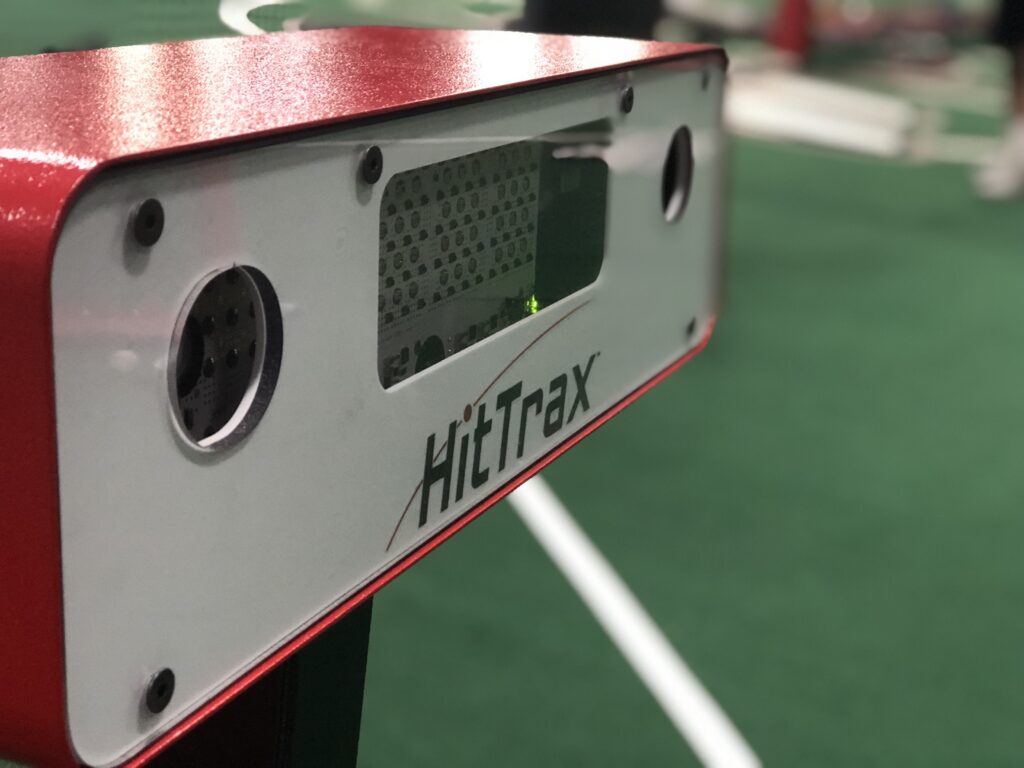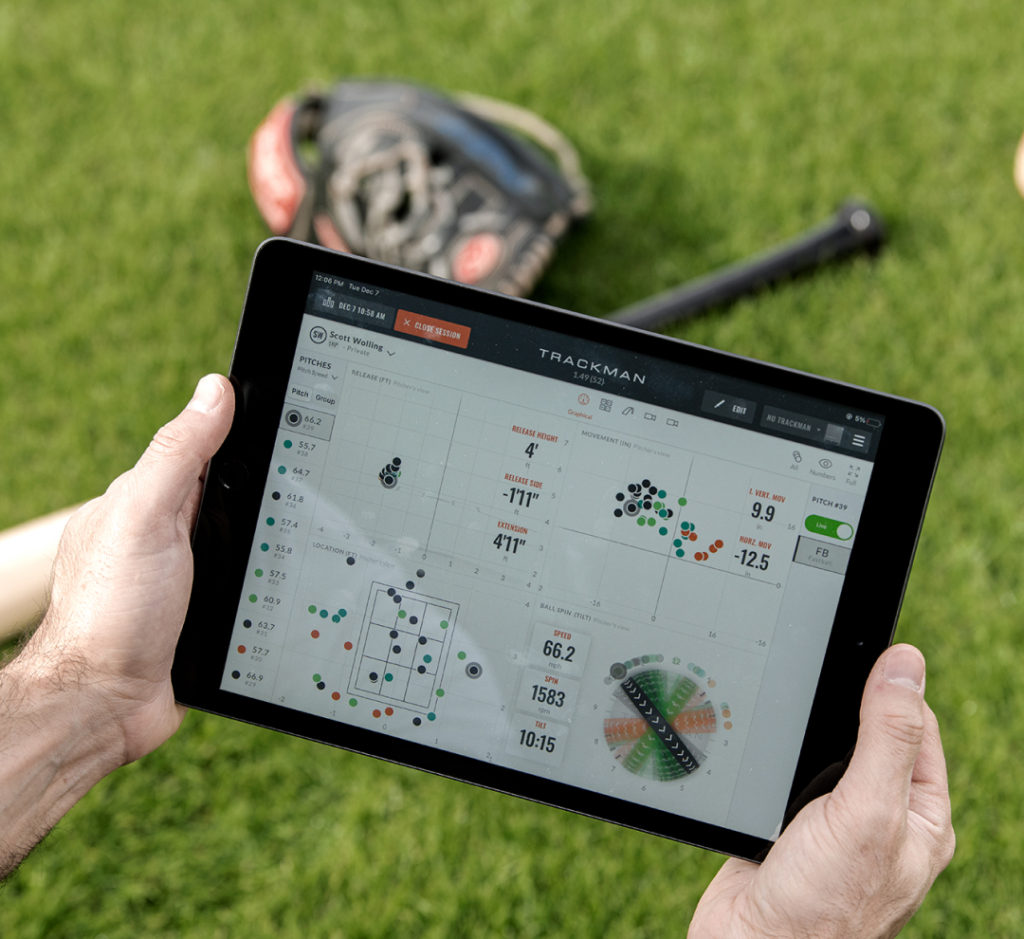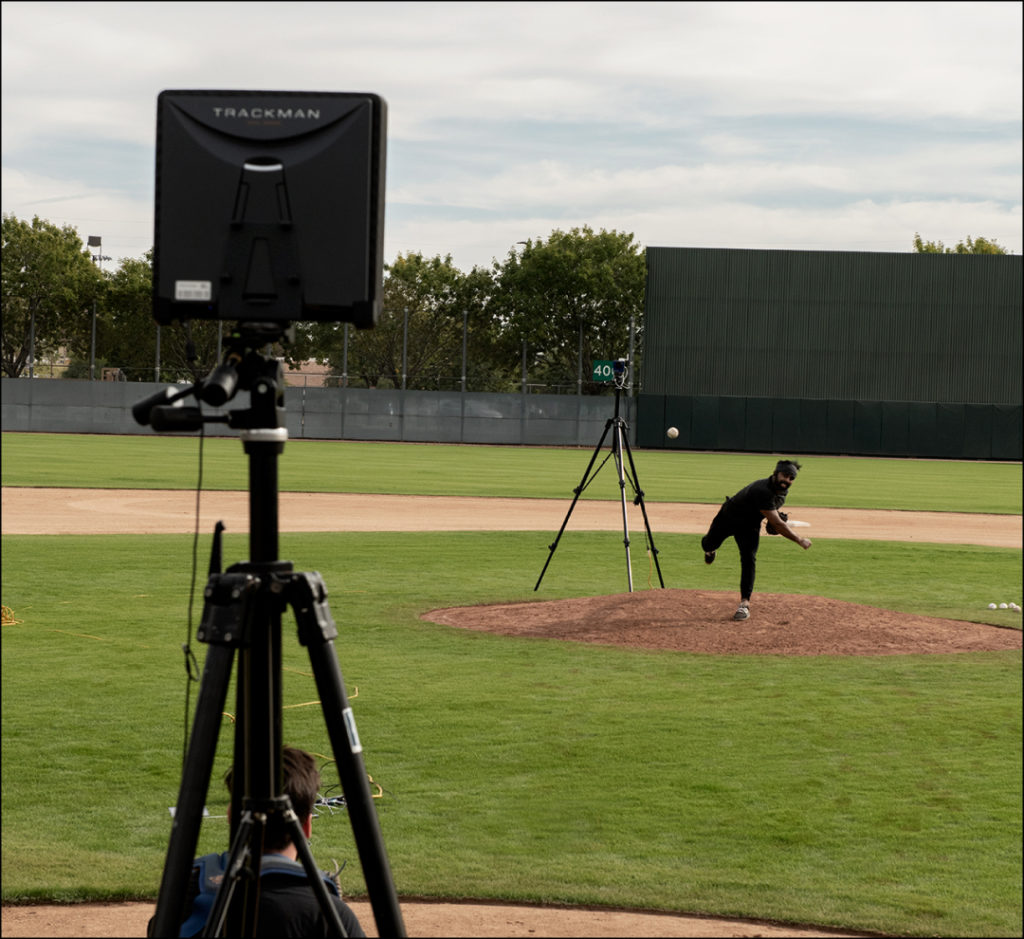Nothing is gained by ignoring data—or by pretending it doesn’t exist
We’ve all heard the stories. The too-good-to-be-true Cinderella story of the player who was drafted in the later rounds and became a star. The cautionary tales of first-round picks who flame out. The underdog team that goes on a magical run to win the World Series.
In baseball, as in life, we love a good story. But when it comes to player development, stories can only take you so far.
At some point, you have to look at the data.

Data-driven player development is a relatively new concept in baseball. For years, the game was governed by old-school thinking. If a player could do something on the field, he was probably doing it the right way. If he couldn’t, well, he needed to change his ways.
That thinking is starting to change, though, thanks in part to the increasing availability of data technology and the rise of analytical thinking in the game. More and more players are realizing that data can tell us things that the naked eye can’t.
Data-driven baseball training involves collecting data and using it to improve player performance. The data can come from a variety of sources, including video analysis, biomechanical analysis, and physical testing. By using this data to identify faults and areas that need more development, players can make more informed decisions about their training.
For example, if a player wants to increase his or her batting average, he or she can use data to identify which areas of his or her swing need to be improved. (i.e. speed, control, etc.) By using data to identify the areas of improvement, players can focus their training on those specific areas, and can see more tangible results.

Another benefit of data driven baseball development is that it can help teams better understand their players. By analyzing data, teams can identify which players are most likely to succeed at the major league level, as well as which players need more development (and in which areas). This valuable information can obviously be used to make roster decisions that can help a team win more games—understanding players’ data can give teams a big advantage.
Overall, data driven baseball development is a great way to improve player (and team) performance. It can help players make more informed decisions about their training, giving them an edge over their competition.
As a baseball player, data should be a big part of your development process. As the technology continues to develop and become adopted by more teams, data-driven player development will become even more important.
So if you’re serious about taking your game to the next level, use data to your advantage—ignoring it is only going to hold you back.

Modern Baseball Training
FAST Performance is the perfect training facility for any baseball player who is looking to take their game to the next level. Our elite trainers and coaches have a wealth of experience and knowledge, and they know how to help players maximize their potential. We believe in the power of data to drive polayer development.
Our state-of-the-art baseball development technology ensures that each athlete has the latest cutting-edge technology to assist them in reaching their full potential. We use a variety of data sources to help inform our training and development programs. This data helps us identify areas of improvement for each individual player. By using data to drive baseball development/training, we can help players reach their full potential.
From Trackman assessment, to PitchAI‘s industry-leading biomechanical insights, we have everything you need to improve your game. So if you’re serious about taking your baseball career to the next level, come to FAST Performance. We’ll give you the tools you need to succeed.


